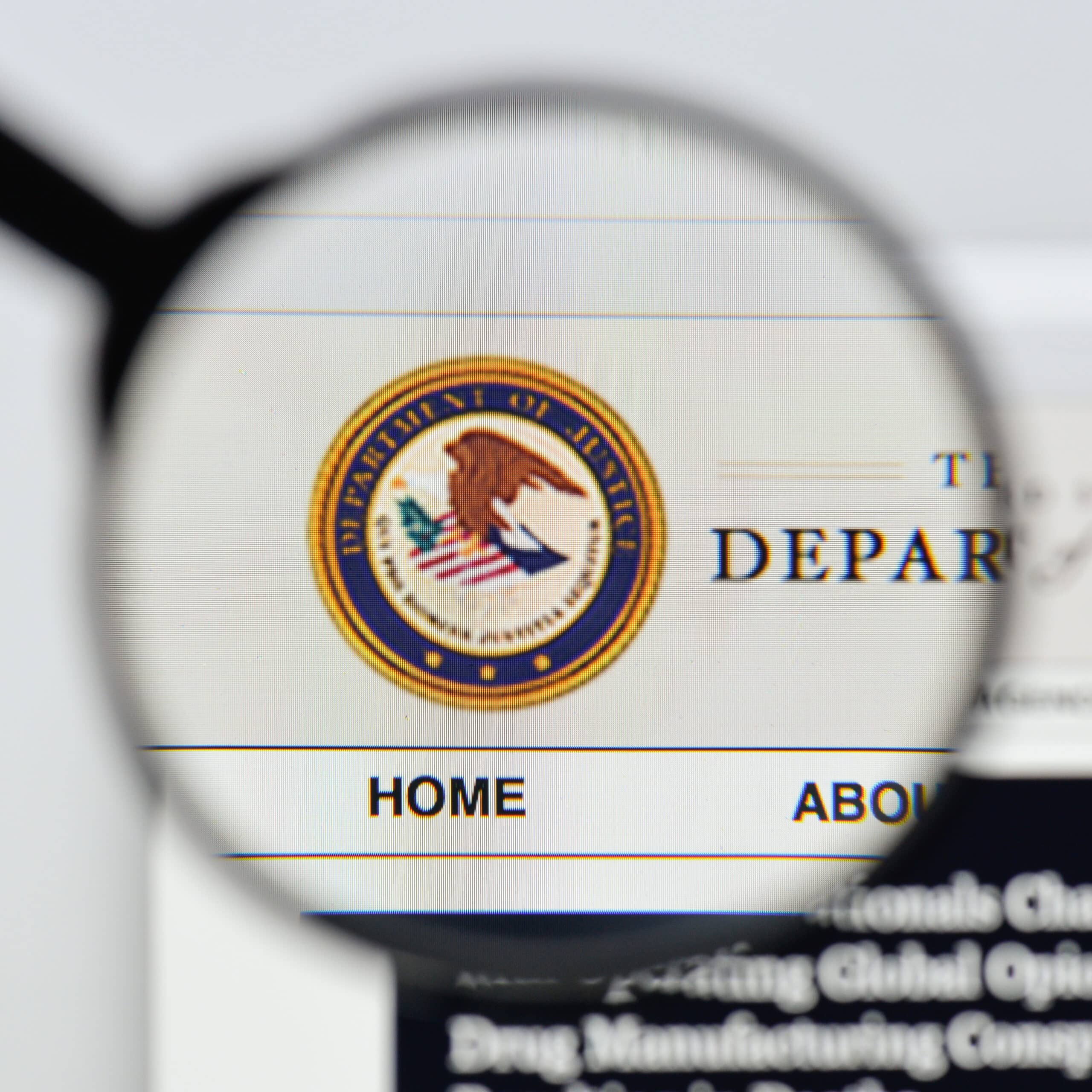In an era where cyber threats are escalating in both frequency and sophistication, the U.S. government is stepping up its efforts to bolster national cybersecurity.
The recent issuance of Executive Order 14028, combined with a groundbreaking directive from the U.S. Department of Justice (DOJ), marks a pivotal move towards fortifying the nation’s digital defenses. These initiatives, alongside the National Cybersecurity Strategy Implementation Plan (NCSIP) Version 2, outline a comprehensive approach to enhancing the security of federal information systems and the broader digital ecosystem.
Key Provisions of Executive Order 14028
Executive Order 14028, titled “Improving the Nation’s Cybersecurity,” was issued in response to a series of high-profile cyberattacks that exposed significant vulnerabilities in federal and private sector networks. The order mandates several critical actions:
Enhancing Software Supply Chain Security: It requires the development of security standards for software sold to the federal government, ensuring that software is built securely from the ground up.
Establishing a Cyber Safety Review Board: This board, modeled after the National Transportation Safety Board, will review and assess significant cyber incidents to improve response and recovery efforts.
Improving Detection and Response: Federal agencies must adopt Endpoint Detection and Response (EDR) capabilities and implement logging requirements to improve the identification and mitigation of cyber threats.
Securing Cloud Services: Agencies are directed to migrate to secure cloud services and implement Zero Trust Architecture to enhance their security posture.
DOJ’s Groundbreaking Executive Order
The U.S. Department of Justice has also issued an Executive Order addressing national security concerns, emphasizing the importance of safeguarding critical infrastructure, including digital assets and data, against evolving threats. This order underscores enhanced data protection, covering a broad spectrum from personal health to financial records. It encourages a collaborative approach between the government and private sector entities, aiming to foster a more resilient cybersecurity ecosystem by sharing threat intelligence and best practices.
Organizations are urged to adopt robust risk management frameworks, conducting regular risk assessments, implementing cybersecurity controls, and continuously monitoring for potential threats. This means prioritizing data security across all touchpoints, from storage to transmission.
National Cybersecurity Strategy Implementation Plan (NCSIP) Version 2
The NCSIP Version 2, released in May 2024, builds on the foundation laid by Executive Order 14028. It provides a detailed roadmap for implementing the national cybersecurity strategy over the next few years. The plan emphasizes:
Public-Private Collaboration: Strengthening partnerships between the government and private sector to share threat information and best practices.
Investment in Cyber Workforce: Expanding initiatives to train and recruit cybersecurity professionals to address the growing skills gap.
Resilience and Recovery: Enhancing the resilience of critical infrastructure and improving recovery efforts following cyber incidents.
Challenges and Industry Readiness
Despite these efforts, a recent survey by BetaNews highlights a concerning reality: 80 percent of organizations are not fully prepared to meet the new cybersecurity standards set by the Cybersecurity and Infrastructure Security Agency (CISA). This gap underscores the urgent need for organizations to accelerate their cybersecurity initiatives to align with federal requirements.
As a cybersecurity reseller, we understand the importance of staying ahead of regulatory changes and ensuring your cybersecurity solutions align with the latest standards. For your organization, this Executive Order means reviewing and updating security protocols to meet the enhanced data protection requirements. Implementing strong encryption protocols to safeguard sensitive data, both at rest and in transit, is crucial. Investing in threat intelligence platforms that offer real-time insights into emerging threats can enable proactive defense strategies.
Executive Order 14028 and the DOJ’s Executive Order represent significant strides in the U.S. government’s efforts to safeguard the nation’s digital infrastructure. However, the journey towards robust cybersecurity is far from complete. It requires ongoing collaboration, investment, and a proactive approach from both the public and private sectors.
